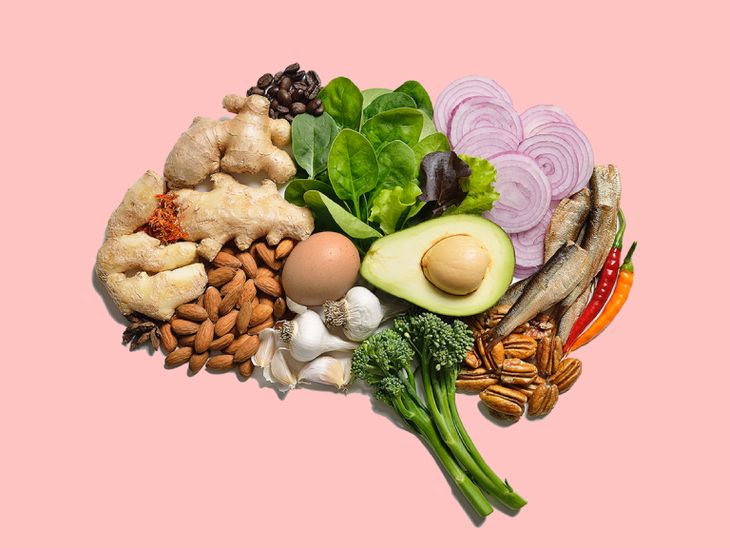In an increasingly aware world of the importance of health, balanced diet It has become a fundamental pillar for physical and mental well -being. However, today, eating in a healthy way goes beyond following strict diets, counting calories or avoiding certain foods.
Instead, practices such as conscious and intuitive food have gained popularity, offering a more approach comprehensive which is based on the connection with the food and signs that the body sends, favoring a more harmonious relationship with what we eat.
Foods cover.jpg
Although they share several principles, the Conscious food and the intuitive are different approaches. The first is to pay full attention to each aspect of the act of eating. This implies enjoying food No external distractionssuch as phone or television, and being completely present at the time. The goal is to do it slowly, savoring food, and observe how the body reacts, which helps avoid excess for impulses or oversights.
On the other hand, the intuitive foodpopularized in 1995, is based on listening and relying on natural signals of the body, such as appetite and satiety, to decide what, when and how much to eat. This approach challenges the rules imposed by traditional diets and allows people to eat at the time they are hungry and stop when they feel satisfied, without feeling too full.
Both methods promote an approach that not only benefits the body, but also to the mindhelping people to make more informed food decisions, without falling into the rigidity of traditional diets. In turn, they seek to foster confidence in the elections and internal signals of the agency itself.
Recent research, such as a study published in the Appetite magazine, suggest that both methods are associated with a lower body mass index, better eating habits, greater physical activity and a lower prevalence of eating disorders and depressive symptoms; In addition, an improvement in body image and self -pity.
Food 1.jpg

What is better: conscious or intuitive food?
First, the intuitive foodit is a concept developed by dietitians Evelyn Tribole and Elyse Resch in 1995. which promotes an approach based on listening to the internal signs of the body, such as the hunger and satietyinstead of following the external indications imposed by dietary culture. This method focuses on enjoying without restrictions, eating until you feel satisfied but not full, and respecting the organism’s needs, both when feeding and moving.
Its 10 fundamental principles invite people to disconnect of external food rules and to trust their own internal signals. This is why one of its main benefits is its positive impact on Body image.
Food 2.jpg

An investigation published in the American Journal of Health Promotion showed that women who practiced this food approach had a lower body mass index) and less psychological anguish, compared to those that followed other styles. In the long term, intuitive feeding is associated with lower levels of Depressive symptoms, Self -esteem problems and Body disgustdemonstrating to be an effective approach to improve mental and emotional health. In turn, Reduces stress and anxiety associated with food.
intuitive food.jpg

On the other hand, the Conscious food focuses on pay attention Full to the experience of eating, involving all the senses and without external distractions, such as television or mobile phone. This approach seeks to increase awareness of physical and emotional sensations during food, promoting a healthier relationship with food.
This approach has many health benefits. A study published in 2024 in Cureus magazine revealed that people with type 2 diabetes who practice conscious food have a Lower BMI and reduced levels of A1C hemoglobin (A key indicator of the average blood sugar levels). In addition, according to an investigation of the medium Eating and Weight Disorders, it has been associated with a lower intake of emotional foods and a better control of the impulses.
conscious food

In conclusion, both approaches offer a series of benefits for physical and mental health. They are associated with improvements in general well -being, including the glucose regulationthe lipid profiles and the inflammation reduction. It is essential to keep in mind that changing the way of eating requires Time, practice and patience.
While both methods have positive effects, the choice of the variant depends on the needs and preferences personal of each individual. Those who seek to improve their relationship with food through connection with their body sensations could find in the intuitive food The best option. On the other hand, those who wish to focus on the sensory experience of eating and reducing emotional intake, aware It could be more appropriate. In any case, both methods promote comprehensive health, avoiding restrictions and promoting a more lifestyle balanced and sustainable.
Source: Ambito
I am an author and journalist who has worked in the entertainment industry for over a decade. I currently work as a news editor at a major news website, and my focus is on covering the latest trends in entertainment. I also write occasional pieces for other outlets, and have authored two books about the entertainment industry.




